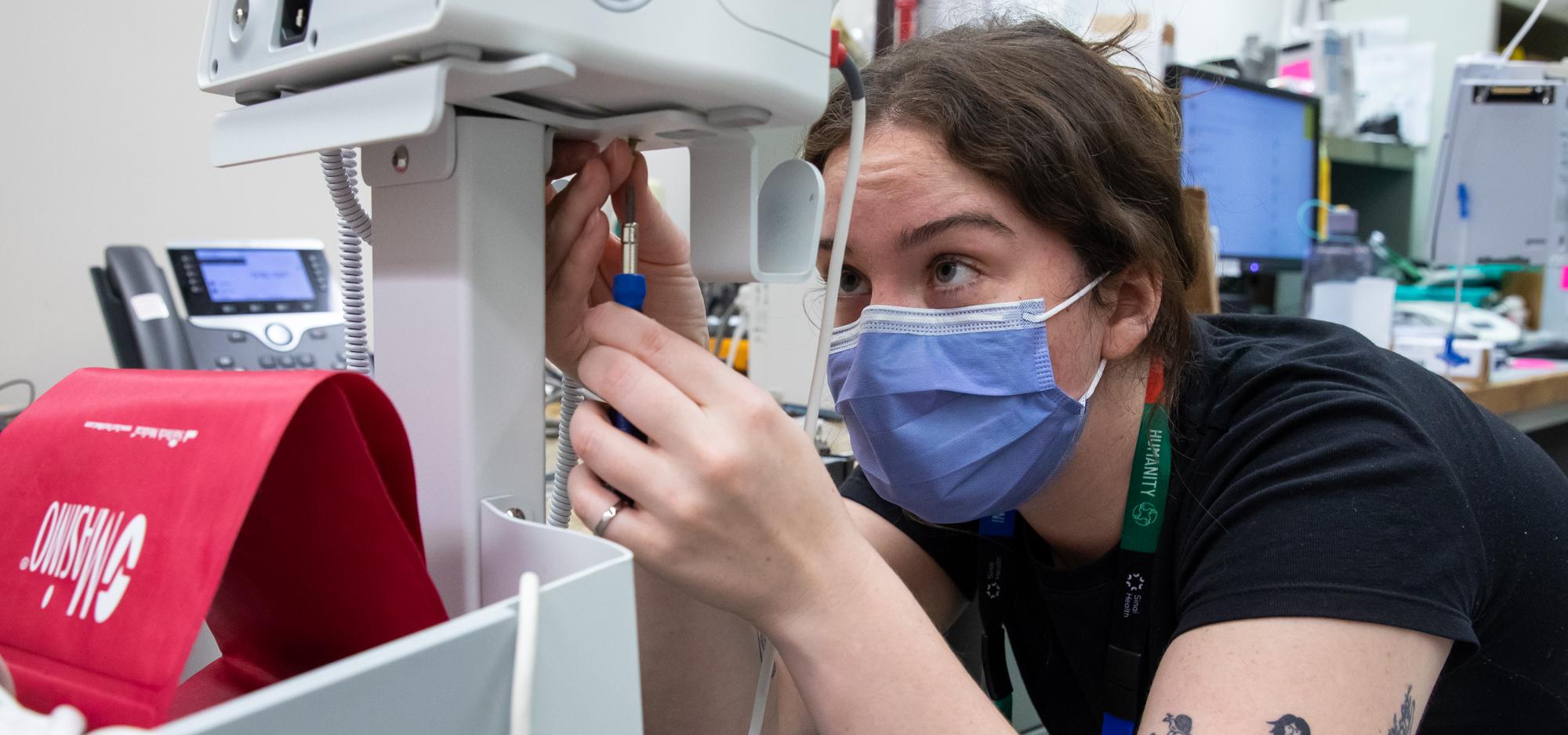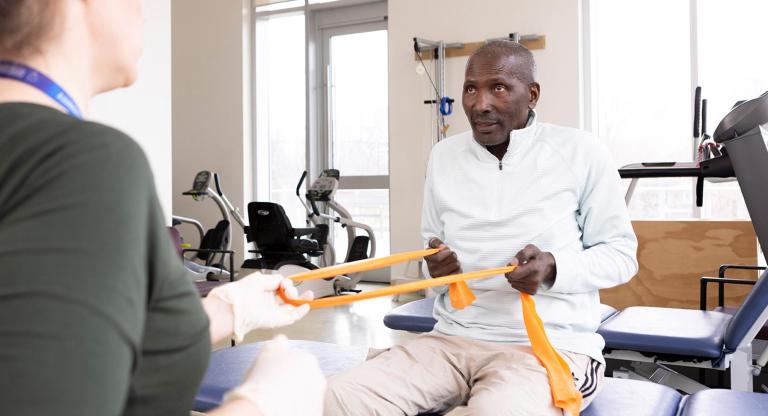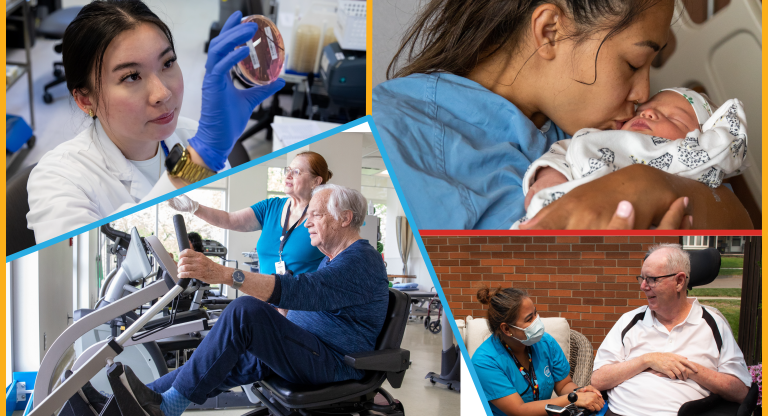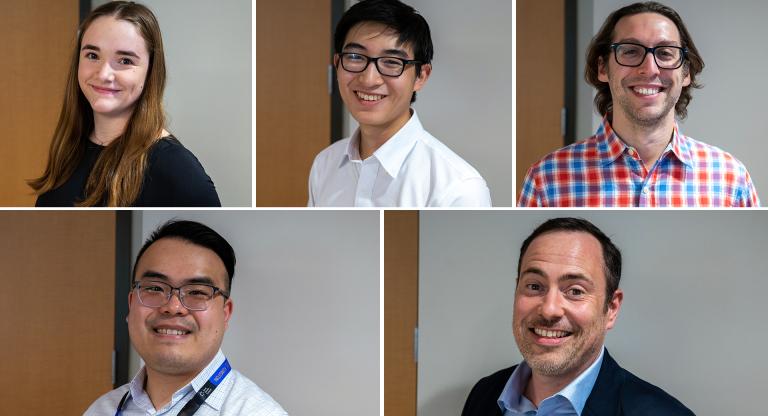Caring for patients by caring for equipment

Hospitals produce a lot of sound. This cacophony has often been labelled as ‘noise’ by those trying to rest or focus. However, if one beep or blip disappears from that chorus it could mean a piece of equipment has stopped working or shut down unexpectedly.
This is when Sinai Health’s biomedical engineering team spring into action. The biomedical engineers and technicians work as part of a team to create devices, procedures or systems that will aid in health care. This process involves scheduling service visits, collaborating with manufacturers, securing hard to find replacement parts. Sometimes building or recreating those unavailable parts with three dimensional printers.
“Without clinicians having access to the right equipment, patient care is not possible. This is where the biomedical engineering department comes in,” said Adeel Alam, manager of the biomedical engineering department.
Keeping equipment running smoothly
The department is based at Mount Sinai Hospital but services equipment across Sinai Health, including Hennick Bridgepoint Hospital, is made up of two key team members, the engineers and the technologists.
The technologists affirm the right equipment is safe to use with patients by clinicians.
“(Technologists) ensure it is supported, inspected and serviced,” said Alam. “Additionally, they look after safety alerts, recalls and disposal.”
The engineers help to ensure the clinical team have access to the right equipment, plan the replacement strategy, consult to provide technological solutions to clinical problems, lead projects and support strategic medical device decisions.
As well as installing, maintaining and repairing devices the biomedical team design equipment and devices such as internal organs, replacements for body parts, and diagnostic machines. They also train clinicians in the use of biomedical equipment.
Staying up to date with technology
Virtual reality is another device the team uses to stay up to date with trends and technically savvy.
“We use VR at Sinai Health to give a better depth to the models we are developing or looking at,” said Qwynn Ferreira, a biomedical technician.
The VR program allows team members to simulate health conditions by providing active experiences rather than static information helping the team to understand complex concepts and subjects.
“As a team, we need the ability to translate technical knowledge to meaningful information, which can be used by the care team to derive a decision,” said Alam. “We also stay very humble, we are very aware of how important of a role we play.”
One team, over a thousand devices
There are currently 17 team members of the biomedical team. Sinai Health has close to 13,000 devices and in a single month the team will receive about 500 support calls. Last year they resolved more than 8,000 support calls.
See the team in action: https://www.youtube.com/shorts/fwGKoFOTEjI












